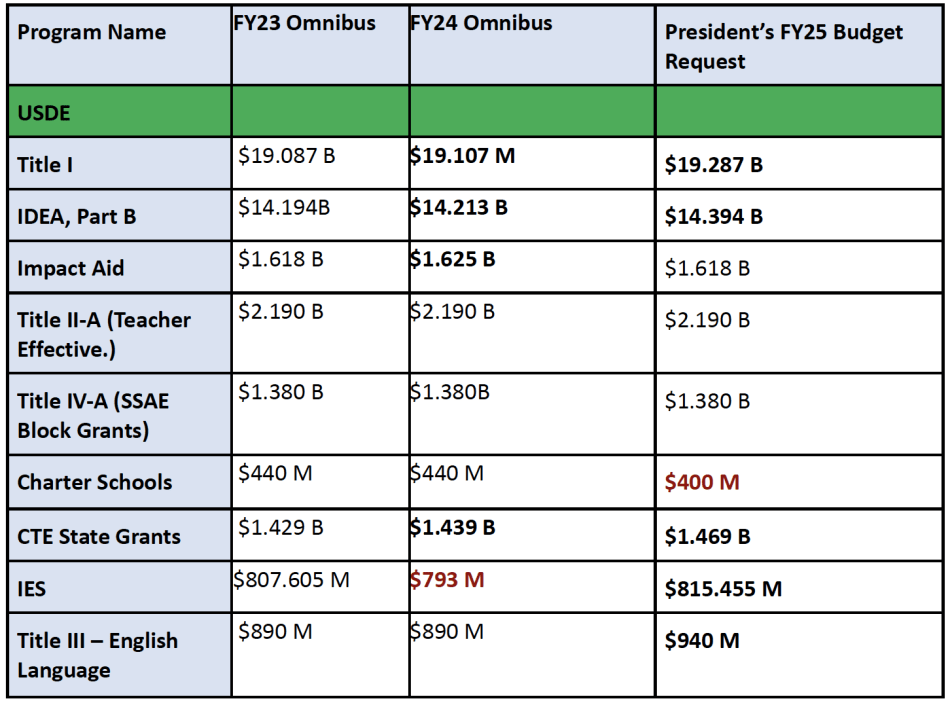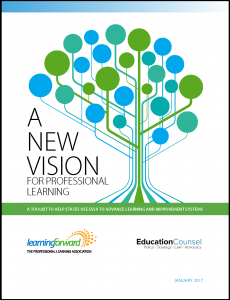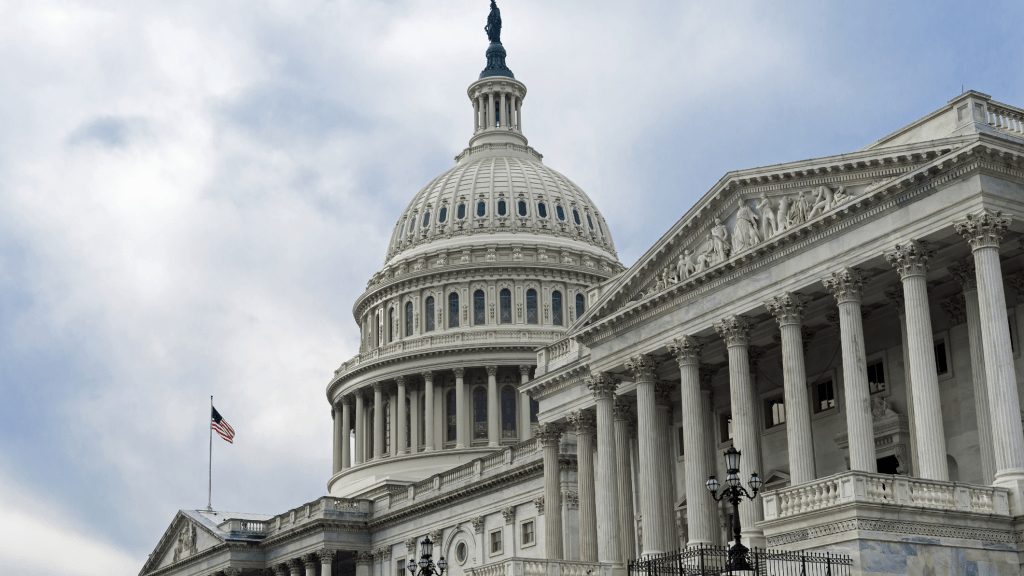
Learning Forward Advocacy
Thank you for standing up for professional learning!
On December 5, 2023, more than 3300 people stood up for professional learning on advocacy day at the Learning Forward annual conference. This is a stand we must all make every day. Remember to collect and share stories of the impact of professional learning in your school or learning environment. Learning Forward wants to hear from you.
Call to Action - Save Title II-A

Members of Congress will return after Labor Day and appropriations and continued funding to keep the government open are going to be the issues front and center for every member of Congress. Now is not the time to be complacent. We need to remain vigilant in our efforts to save Title II-A. On July 18, Fred Brown issued a call to action to all educators to help save Title II-A. If you are reading this message, please take a moment to send a message to your members of Congress. Press the blue button below to get started.
Learning Forward Advocacy
Powered by Title II
Communities & members
Resources
Need help?
Learning Forward is very pleased that the U.S. Congress, in recognition of the value of professional learning to student learning and educator retention, has agreed to maintain level funding for Title II-A – the Supporting Effective Instruction Grants – in Fiscal Year 2024. We are particularly grateful for this result given the difficult budgeting environment that this Congress faces and the more than $235 million in cuts that the U.S. Department of Education sustained overall in the Fiscal Year 2024 annual funding bill. We hope that the next annual appropriations bill, on which Congress has already begun work, will incorporate a significant increase for Title II-A and resume the steady upwards funding trajectory for this critical program that had been the rule before 2024.
Late last night, the Congressional Appropriations Committees unveiled their final agreement on fiscal year 2024 funding levels for the six appropriations bills that have not yet passed, including the Labor HHS Education bill. In this challenging budget environment and with an overall spending ceiling lower than in fiscal year 2023, the fact that this agreement provides most K-12 education programs with level funding, adds small increases to major title programs, and makes modest cuts to a few others represents a significant victory. Title II-A, the only program focused specifically on educator professional learning, received level funding – a major win after the House Appropriations Subcommittee proposed to eliminate it.
The House is expected to take up and pass this final package of fiscal year 2024 spending bills on March 22, with the Senate following suit shortly thereafter. With the current continuing resolution set to expire at midnight on Friday, there is a chance that the federal agencies receiving their funding through this package may shut down for a brief period as Congress completes final votes on it.
Overall, Congress’ final FY 2024 spending deal proposes to cut more than $235 million from the Department of Education’s budget, but most of those cuts come from the earmark portion of the Department’s budget. This reduction in member projects allowed congressional appropriators to provide most of the large federal title programs with either level funding (Title II-A, Title III and Title IV-A) or modest increases over fiscal year 2023 totals: Title I (+$20 million), IDEA (+$20 million), Perkins CTE (+$10 million) and Impact Aid (+$7 million).
One major K-12 casualty in this year’s funding crunch is the Teacher and School Leader Incentive Grants program, which will see its funding reduced from $173 million in fiscal year 2023 to $60 million in FY 2024 – a whopping 65% cut. This program, which is focused on providing grants to non-profit and for-profit entities to develop, implement, improve or expand comprehensive Performance Based Compensation Systems or Human Capital Management Systems for teachers and schools leaders, is supported by many national education associations for helping maximize teacher effectiveness.
The legislative report accompanying the final bill also included language that requests the Department to furnish to Congress within one year a report “on how states use this funding to increase educational opportunity and student achievement by improving the effectiveness of teachers, principals, and other school leaders.” This report is to be made publicly available on the Department’s website.
Below is a breakdown of key K-12 program funding levels:

Learning Forward’s Powered by Title II campaign website puts all of the information, tools, and advocacy tutorials in one easy to access online location to enable educator advocates reach their Members of Congress and help convince them to support more Title II funding. On this site, advocates will find:
- The latest news on Title II
- Background facts, stories, research, and data on Title II
- A storytelling tool to assist you in researching and explaining how Title II supports your school district
- Sample letters, talking points, tweets and more to support your advocacy
Evidence, evidence, evidence
Evidence of impact is not optional. From your ESSA plans to Title II to talking with your district superintendent, everyone wants to know when professional development is making an impact and how you know. Learning Forward is here to help. We invite you to join your peers from across the U.S. to share your successes here.
Tell us what Title II funds in your school or district, and most important, what outcomes you see as a result. Outcomes might include improved graduation rates or assessment scores, improvements for specific populations of students, or other indicators that students are experiencing more meaningful learning.
ESSA Toolkits
 A New Vision For Professional Learning: A Toolkit to Help
A New Vision For Professional Learning: A Toolkit to Help
States Use ESSA to Advance Learning and ImprovementSystems. This toolkit helps leaders leverage professional learning as
an essential tool in overcoming systemic inequities and guaranteeing
excellence for all.
Agents for Learning Toolkit: A Guide to Amplifying Teacher
Voice and Stakeholder Engagement. This toolkit suggests ways to cultivate teacher voice and agency in policy decisions and the implementation of professional learning.
This webinar, originally created for our Virtual Advocacy Day, includes advocacy strategies and tips that are applicable to any advocacy effort. Watch to hone your skills, build confidence, and get excited about being an advocate.
Past advocacy updates:
Debt ceiling deal backlash portends deep cuts to Title II-A
By |
Title II-A is at a crossroads; it’s time to get loud with support
By |
- « Previous
- 1
- …
- 3
- 4
- 5





